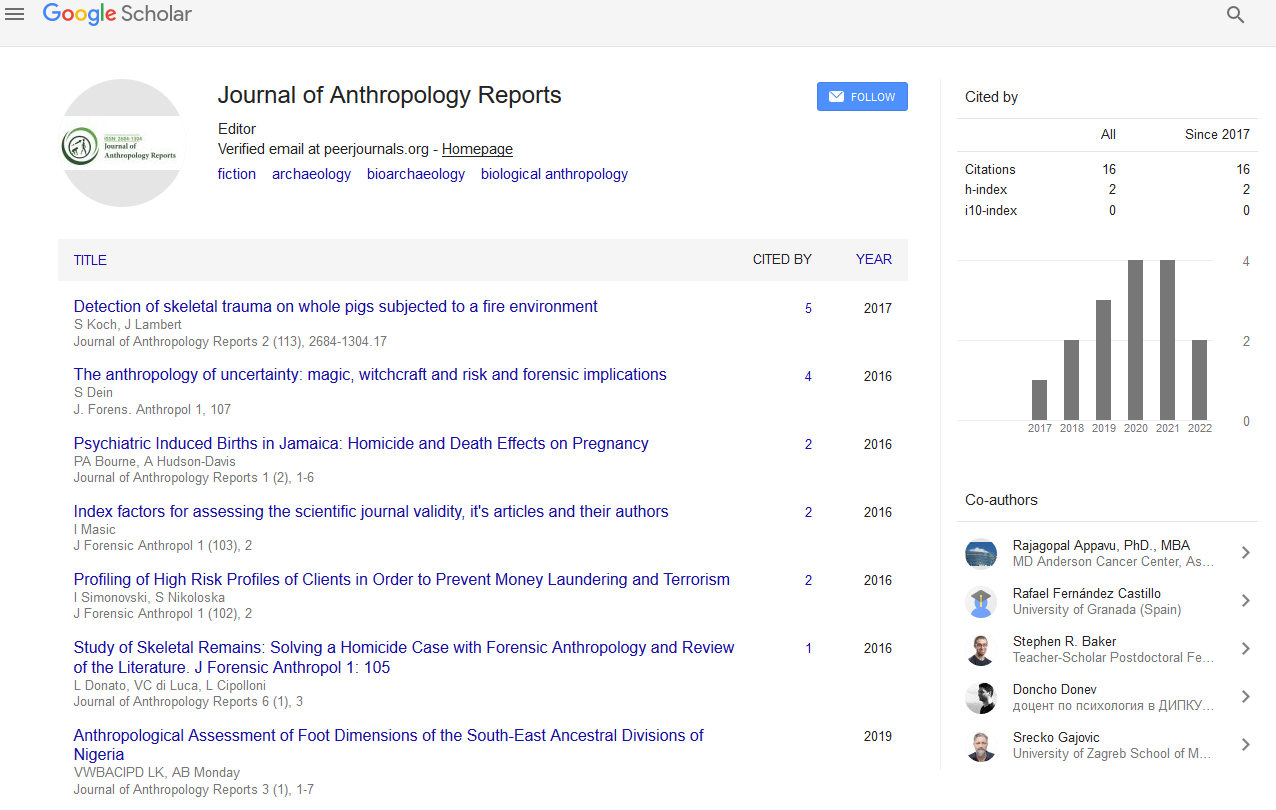Indexed In
- RefSeek
- Hamdard University
- EBSCO A-Z
Useful Links
Share This Page
Journal Flyer

Open Access Journals
- Agri and Aquaculture
- Biochemistry
- Bioinformatics & Systems Biology
- Business & Management
- Chemistry
- Clinical Sciences
- Engineering
- Food & Nutrition
- General Science
- Genetics & Molecular Biology
- Immunology & Microbiology
- Medical Sciences
- Neuroscience & Psychology
- Nursing & Health Care
- Pharmaceutical Sciences
Abstract
Profiling of High Risk Profiles of Clients in Order to Prevent Money Laundering and Terrorism
Ivica Simonovski* and Svetlana Nikoloska
One of the goals of the strategy to prevent money laundering and financing of terrorism is to keep the policy through preventive measures and activities by all stakeholders. These include financial institutions, especially banks which are most frequently used institutions by perpetrators for laundering the proceeds of crime or to support terrorist activity.
Leading the preventive policy covers several activities. This paper will analyze the creation of high-risk profiles of clients based on risk factor categories and financial reconstruction or analysis of financial transactions of the past. Based on the data obtained from the analysis should create profile (typology) of the individual who should be an indicator to show:
• Wheter the bank to establish business relationship with the potentional client in order to protect their reputation;
• Profiling of high-risk profiles that have already established business relationship with the bank and in accordance with the objectives of the strategy and aimed at minimizing risk, it is necessary to carry out their detection, determination of risk (rating), paying attention and monitoring.
Banks looking to bank customers in traditionally higher risk customer segments need to first understand that the main purpose is not to detect and report every illegal transaction that is related to the customer. The goal is to have a risk-assessment framework that is “proportionate with the risks” and is in line with the strategy and risk tolerance of the board.
Customers should be categorized into risk-assessed groups titled risk classes. Risk classes may be simple in development, such as low, medium, and high, or they can be more elaborate, such as low, medium, medium-high, high, and very high.

